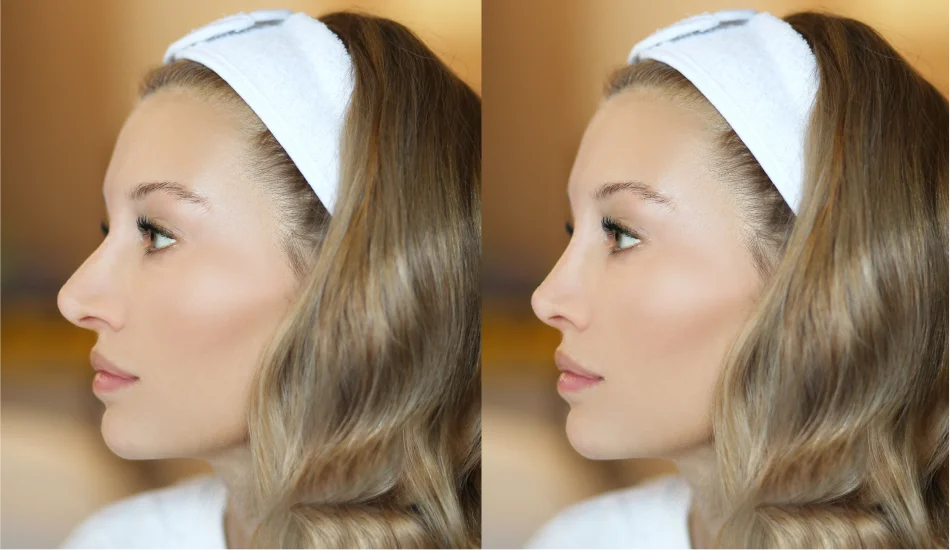A Patient’s Guide to Rhinoplasty: Reshaping Your Profile with Confidence
Rhinoplasty, commonly known as nose surgery or a «nose job,» is one of the most popular and transformative cosmetic procedures in the world. However, it’s much more than just a cosmetic enhancement. For many, it’s a life-changing surgery that can improve breathing, correct a past injury, and bring the entire face into better harmony. This comprehensive rhinoplasty guide will walk you through everything you need to know, from candidacy to recovery.

Are You a Good Candidate for Rhinoplasty?
Nose surgery is a highly personal decision. Generally, you are a good candidate if you are in good physical health, have realistic expectations, and are bothered by one or more of the following:
- Aesthetic Concerns: You are unhappy with the size or shape of your nose, such as a dorsal hump (bump on the bridge), a wide or drooping tip, or asymmetrical nostrils.
- Functional Issues: You have difficulty breathing through your nose due to structural issues, like a deviated septum. In this case, the procedure is often combined with a septoplasty.
- Post-Traumatic Deformity: You wish to correct a deformity caused by a previous injury or accident.
Understanding the Main Rhinoplasty Techniques
Your surgeon will choose the best approach based on your unique anatomy and goals. Essentially, there are two primary techniques.
1. Closed Rhinoplasty
In this technique, the surgeon makes all incisions inside the nostrils. Consequently, there are no visible external scars. This approach is excellent for patients who require more straightforward modifications to the bridge or tip of the nose. The recovery can sometimes be slightly faster.
2. Open Rhinoplasty
For more complex cases or revision surgeries, the open technique is often preferred. The surgeon makes the same internal incisions as a closed rhinoplasty, plus a small incision across the columella (the tissue separating the nostrils). This allows the surgeon to lift the skin السبب, providing unparalleled visibility and access to the underlying nasal structures for more precise reshaping.
[IMAGE HERE: A diagram illustrating the incision placements for both techniques.]
The Rhinoplasty Recovery Timeline: What to Expect
Patience is key during rhinoplasty recovery, as the final results will emerge gradually.
- Week 1: You will wear an external splint to protect your nose. Bruising and swelling around the eyes are common but will begin to fade. The splint is typically removed at your first follow-up appointment.
- Weeks 2-4: Most of the visible swelling and bruising will have subsided. You will likely feel comfortable returning to work and social activities. However, you must still avoid strenuous exercise.
- Month 1 to 1 Year: The healing process continues. While you’ll see a dramatic improvement after the first month, subtle swelling can persist, especially at the tip. The final, refined result of your rhinoplasty will be visible at around the one-year mark.
Frequently Asked Questions about Nose Surgery
Will my rhinoplasty be painful?
The surgery itself is not painful as it’s performed under anesthesia. During recovery, most patients report feeling discomfort, stuffiness, and pressure rather than sharp pain. This is well-managed with prescribed pain medication.
When will I see the final results?
You will notice a significant difference as soon as the splint is removed after one week. However, the definitive, final shape will settle over 6 to 12 months as all the residual swelling disappears.
Can I combine nose surgery with other procedures?
Absolutely. Rhinoplasty is often performed along with a septoplasty to improve breathing. It can also be part of a larger facial rejuvenation plan, combined with procedures like a chin implant to improve the overall facial profile.
Conclusion: The Art and Science of Nose Reshaping
Rhinoplasty is a powerful procedure that requires a deep understanding of both aesthetics and nasal function. Choosing a board-certified plastic surgeon with extensive experience is the most important step in your journey. They will not only perform the surgery but also guide you through the process, ensuring your results are both beautiful and natural.
If you are in the Dominican Republic and ready to explore your options, contact us to schedule your personal consultation.

yk49fq